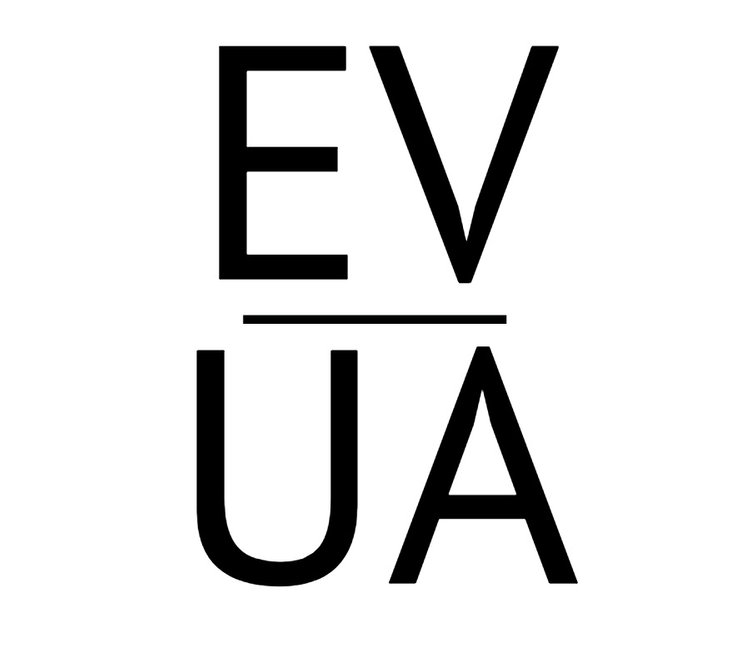How To Take Your Horse’s Vitals
If you are a horse owner, knowing how to recognize and take your horse’s vitals could mean a world of difference in the case of injury or illness. Continue reading for more information on how to take your horse’s vitals, so you will be better-prepared to help your horse in the case of emergency.
Temperature
Normal body temperature for horses ranges from 99-101 degrees Fahrenheit. Just like with humans, taking a horse’s temperature in an excellent first indicator of the status of the horse’s health. When taking your horse’s temperature, you have two options; a glass rectal thermometer, or a digital rectal thermometer. A digital thermometer is convenient in that it takes no more than 60 seconds to produce a reading, but it may need to be held while taking the temperature. A glass thermometer will not need to be held, but usually takes 2 to 3 minutes to produce a reading.
Pulse
The normal resting pulse rate for adult horses is 30 to 40 beats per minute. The pulse rate increases due to exercise, pain, or stress. Below are two different places and ways to take your horse’s pulse:
● Maxillary artery: Place your fingers on the inside edge of the jaw. Count the beats for 30 seconds
● Radial artery: Place your hands around the back of the knee. Locate the beat and count for 30 seconds.
After counting for 30 seconds, double your count to find the beats per minute (bpm).
Capillary Refill Time (CRT)
An easy way to test your horse’s capillary refill time is to press your finger against the gums for about 2 seconds. Upon release of the pressure against the gums with your finger, the gums should change from white to pink within 2 seconds. This is your horse’s capillary refill. If the refill takes longer than 3 seconds, it may be an indicator of shock.
Knowing how to take your horse’s vitals can help you better understand your horse’s body, which will allow you to help them manage their health even further. Practice taking your horse’s vitals to get in the habit of regularly monitor your horse’s health.
Enrique Urdaneta
euaphoto@gmail.com
